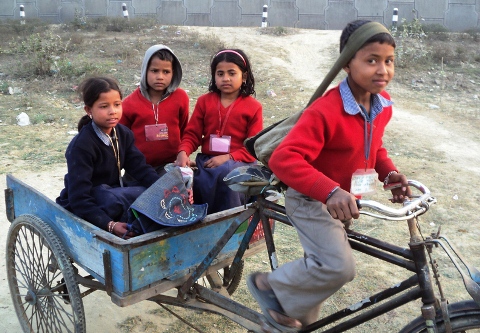ICTpost News Network

About 20% of rural children have no textbooks at home, according to the Annual State of Education Report (ASER) survey conducted in September, the sixth month of school closures due to COVID-19 across the country. In Andhra Pradesh, less than 35% of children had textbooks, and only 60% had textbooks in Rajasthan. More than 98% had textbooks in West Bengal, Nagaland and Assam.
In the week of the survey, about one in three rural children had done no learning activity at all. About two in three had no learning materials or activity given by their school that week, and only one in ten had access to live online classes. It’s not always about technology; in fact, levels of smartphone ownership have almost doubled from 2018, but a third of children with smartphone access still did not receive any learning materials.
Although the Centre has now permitted States to start reopening schools if they can follow COVID-19 safety protocols, the vast majority of the country’s 25 crore students are still at home after seven straight months. The ASER survey provides a glimpse into the levels of learning loss that students in rural India are suffering, with varying levels of access to technology, school and family resources resulting in a digital divide in education.
ASER is a nationwide survey of rural education and learning outcomes in terms of reading and arithmetic skills that has been conducted by the NGO Pratham for the last 15 years. This year, the survey was conducted via phone calls, reaching 52,227 rural households with school age children in 30 States and Union Territories.
It found that 5.3% of rural children aged 6-10 years had not yet enrolled in school this year, in comparison to just 1.8% in 2018. This seems to indicate that due to the disruptions caused by the pandemic, families are waiting for the physical opening of schools to enrol their youngest children, with about 10% of six-year-olds not in school. Among 15-16-year-olds, however, enrolment levels are actually slightly higher than in 2018. Enrolment patterns also show a slight shift toward government schools, with private schools seeing a drop in enrolment in all age groups.







